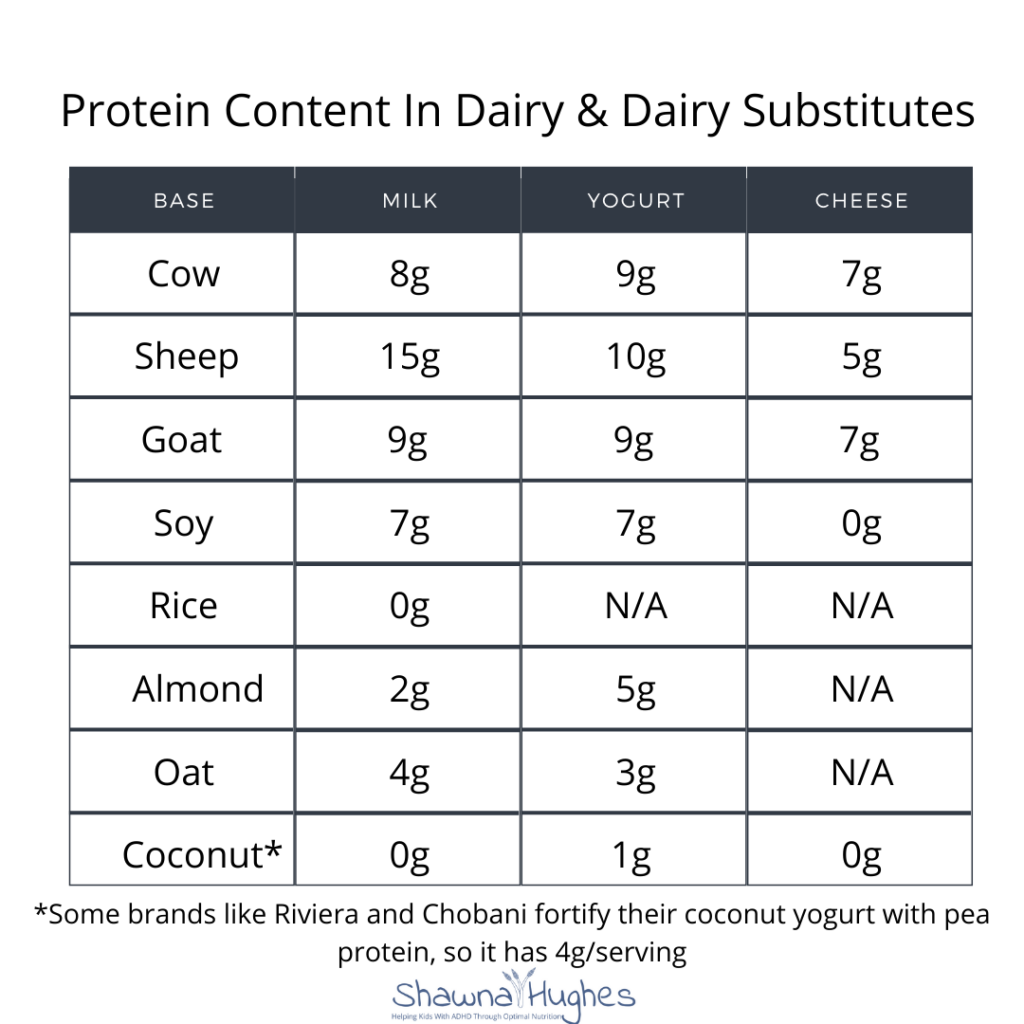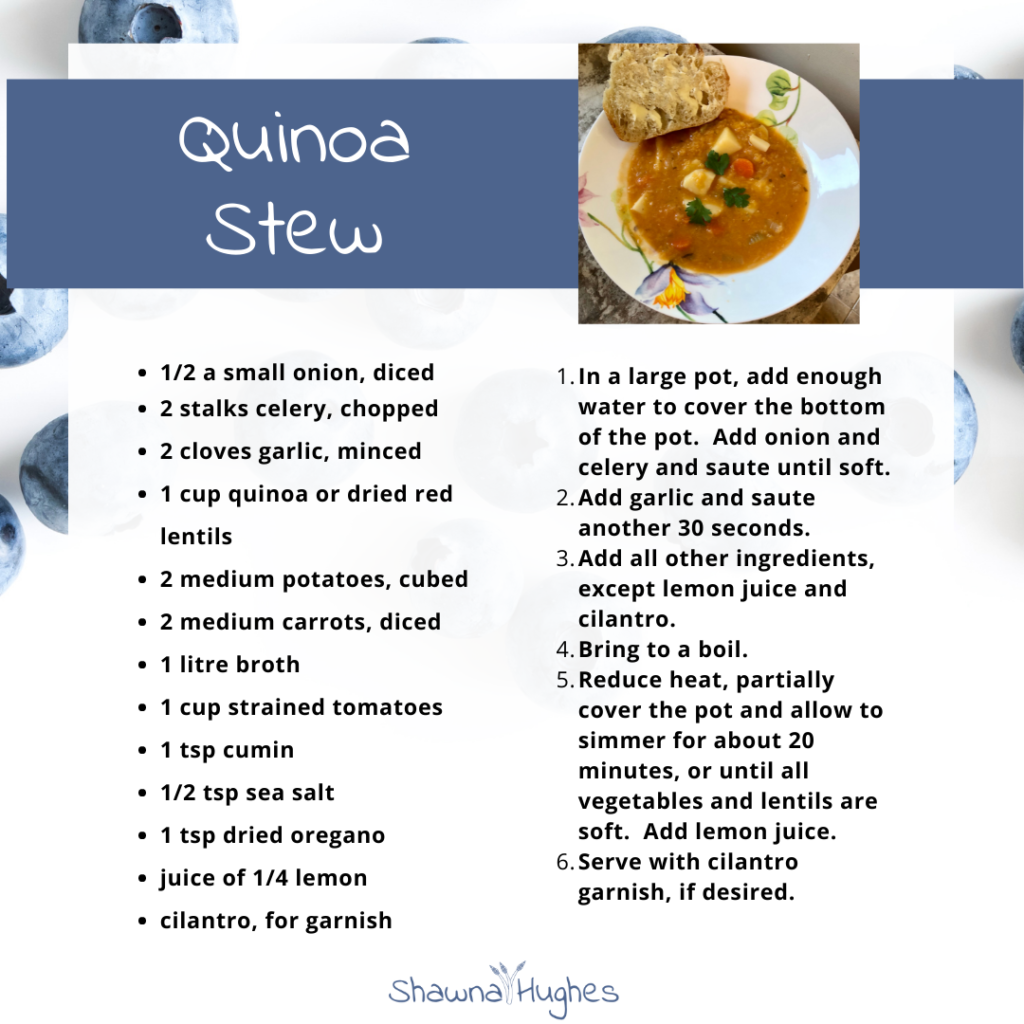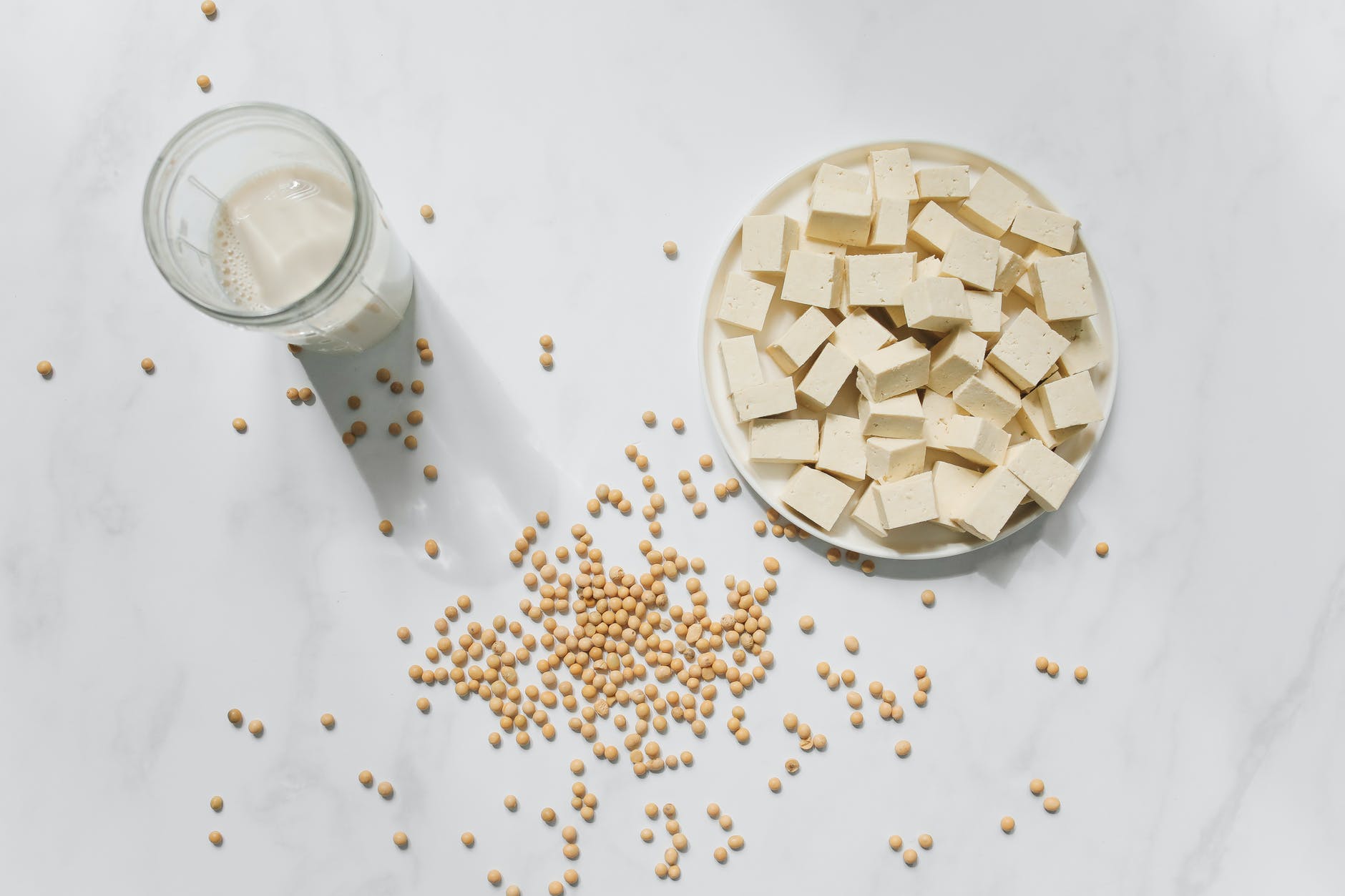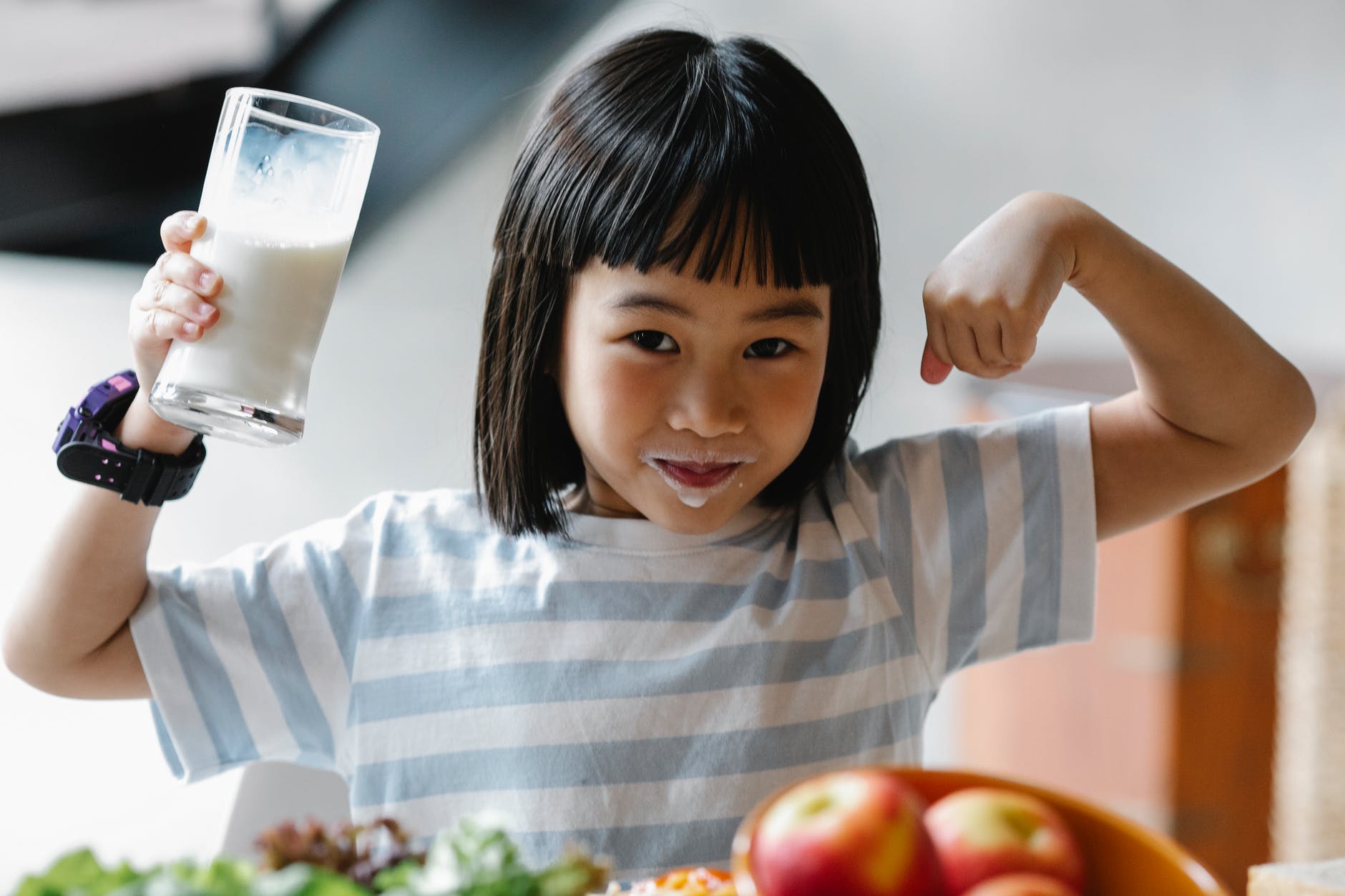June 14th, 2021
Protein Is Crucial For ADHD
Finding the ideal ADHD diet for your child can be confusing. With so many potential food sensitivities, it can seem like almost everything is off-limits. Regardless of food sensitivities or which diet you choose for your child, you’ll want to ensure that they get enough protein. Protein is one nutrient that is crucial for kids with ADHD.
Why Is Protein Crucial for ADHD Support?
Our bodies use protein for many things – like building and repairing tissue, making antibodies, and balancing fluid levels. Protein is essential for mental health because it provides the raw materials for making neurotransmitters.
Neuro-what??
Neurotransmitters are little chemical messengers that your body makes. The two neurotransmitters that tend to be low in ADHD brains are dopamine and serotonin. Dopamine helps to control motivation and reward, attention, mood, and cognition. Serotonin is typically referred to as the mood hormone, but it also plays a key role in cognition, reward, learning, and memory. Since both are typically low with ADHD, it is extra important for those with ADHD to get enough protein. Without enough raw materials for neurotransmitters, your body can’t make them. And if you’re already low, that situation can get worse.
How much protein does your child need?
Daily protein needs of individuals are typically calculated at 1.5 g of protein per 1kg of body weight. For example, if your child weighs 30 kg (66 pounds), they would ideally need to consume 45 grams of protein per day. There is no need to be exact – having a child consume the exact same amount of protein each day would be almost impossible. The key is to make sure they’re consuming around 1.5 g per kilogram per day – it will likely be a bit more or a bit less on most days even with the best diet.

How to determine how much protein your child is consuming
Back in the day, figuring out how much protein someone was eating was a pretty time-consuming process, relying on books and nutrition labels. Nowadays, there are tons of free apps to help you calculate how much macrominerals your child is eating each day. Some good options are detailed in this article.
What are the 10 best sources of protein?
Knowing how much protein your child needs is great. But knowing how to easily get that protein into them is better! So, what are the best sources of protein?
#1: Meat, Poultry, Seafood
Any type of meat, poultry, or seafood is going to contain a large amount of protein. The average ¼ lb serving contains between 15-30 grams of protein on average.
Two things to note:
- First, when consuming fish, make sure to consult with this guide and avoid the higher mercury breeds. ADHD is associated with impaired detoxification systems, therefore, avoiding higher mercury fish is crucial for ADHD kids.
- Second, processed meat is not the same as plain ol’ meat! For instance, chicken nuggets have roughly half the protein per pound of an unprocessed chicken breast. Processed meats have fillers added to enhance flavor. Unfortunately, those fillers often replace more nutritious substances. Aim for more “whole meats” when trying to boost protein consumption. If you’re not used to cooking whole meats and are not quite sure how to do it well, check out this blog post from some people who really like meat.
#2: Eggs
Eggs have about 6 grams of protein per large egg. They are a quick way to get a little boost of protein. Hard-boiled eggs are a great, portable snack. Lots of kids who won’t eat scrambled or fried eggs plain will gobble them up if you add a condiment. My daughter loves hers with a bit of ketchup. Other popular egg toppings are salsa or baked beans (which are another great protein source!).
#3: Dairy, and (some) dairy substitutes
Dairy is a good source of protein, which is probably why all those athletes have promoted milk over the years (protein does build muscle.) Unfortunately, a lot of people can’t digest milk very well and when something is tough on digestion, it can adversely impact mental health (check out this research for more about the brain-gut connection).
If your child doesn’t do well with milk, there are other options. Many people who can’t tolerate cow’s milk products, do fine with goat and sheep milk products. And, luckily, there is an increasing number of options available for goat and sheep products at grocery and specialty stores. Fun fact: sheep milk has nearly twice as much protein as cow’s milk!
Dairy Substitutes
ATTENTION: Not all dairy substitutes are a good source of protein. In fact, some have none at all. Here is a handy chart outlining the protein content in the most popular dairy-free milk, cheese, and yogurts. Look for products with 3-4 grams of protein per serving.

#4 Quinoa
Quinoa is one of those superfoods that people either love or hate. With 4g of protein per serving, it is a good source of vegetarian protein and goes well in a soup or salad. Here is a great summer salad that goes over well with my kiddos. For the colder months, I developed this recipe (below) for a very basic quinoa stew (feel free to add a bit of spice to it depending on your family’s preferences).

#5 Soy
Soy has got a bad rap over the years, but experts now agree that it is a healthy source of protein, providing 8g/serving. However, I always recommend seeking out organic soy because non-organic soy is a heavily sprayed crop and pesticides can tax detoxification systems which can be already strained in individuals with ADHD (as mentioned above).

#6 Pulses – Lentils, Chickpeas, Kidney Beans, Black Beans, etc.
Lentils are a great food for ADHD because they are rich in protein (15 g per cup) as well as zinc, which is crucial for detoxification. Plus they’re a great source of B vitamins, which support nervous system function. It’s like they were made for ADHD brains! Chickpeas and beans also contain a good amount of protein (roughly 7g per serving). Lentils and chickpeas go well in stews and curries. The quinoa stew above can be made with lentils instead of quinoa. Chickpea or lentil salad is a great lunch option. Hummus or bean dip with veggies is also a great way to add a bit of protein to snacks.
#7 Nuts
Nuts provide, on average 3-5g protein per tablespoon. They can easily be added to yogurts, salads, or just eaten as a snack either alone or with dried fruit or dark chocolate chips. Nuts can fill in the gaps if you think your child isn’t eating sufficient protein with meals. Another option is nut butters, which provide a similar protein value per tablespoon and are a great addition to more than bread – try them on apple slices, veggie sticks, or rice cakes.
#8 Seeds
Seeds provide a protein boost similar to nuts (3-5 grams per tablespoon). Hemp and chia seeds are particularly great food for ADHD brains because they both contain Omega-3 fatty acids, which are critical to cognitive function. Moreover, Omega-3 levels are consistently lower in people with ADHD. Hemp seeds can be sprinkled onto soups, salads, and granolas. Chia seeds can be made into an easy pudding. Click here to find my fruity chia pudding recipe.
#9 Oats
People don’t think of oats as a high-protein food, but 1 cup of cooked oatmeal contains 6g protein, making it a great breakfast option for most people. If you’re sick of “regular” oatmeal, give overnight oats or oat bakes a try. Some great recipes can be found here and here.
#10 Buckwheat
I’ll be honest, I don’t like buckwheat. But, a lot of people do. Since it contains 6g protein per cup, just like oats, and is inexpensive, it’s worth giving it a shot. It can be consumed as a porridge, and I’m told by buckwheat lovers that this is a delicious breakfast option.
Final Thoughts
With so much conflicting information, advice, and nutrition-based theories about ADHD, it’s nice to see that there are 2 things that pretty much all experts agree on:
1. Protein is Crucial for ADHD
I have yet to encounter any health practitioner who does not think adequate protein is 100% essential for supporting kids with ADHD.
2. Artificial Food Coloring Should be Avoided
Another thing that all health practitioners can agree on is that food coloring needs to be avoided. This blog is long enough, but if you’d like to read more about why food coloring and ADHD do not mix well, check out my last blog here.
If you are looking for more personalized advice to help you find the ideal diet for your child, click here to book a free discovery call with me. I would love to support you as you help your child to reach their full potential.
Shawna XO

